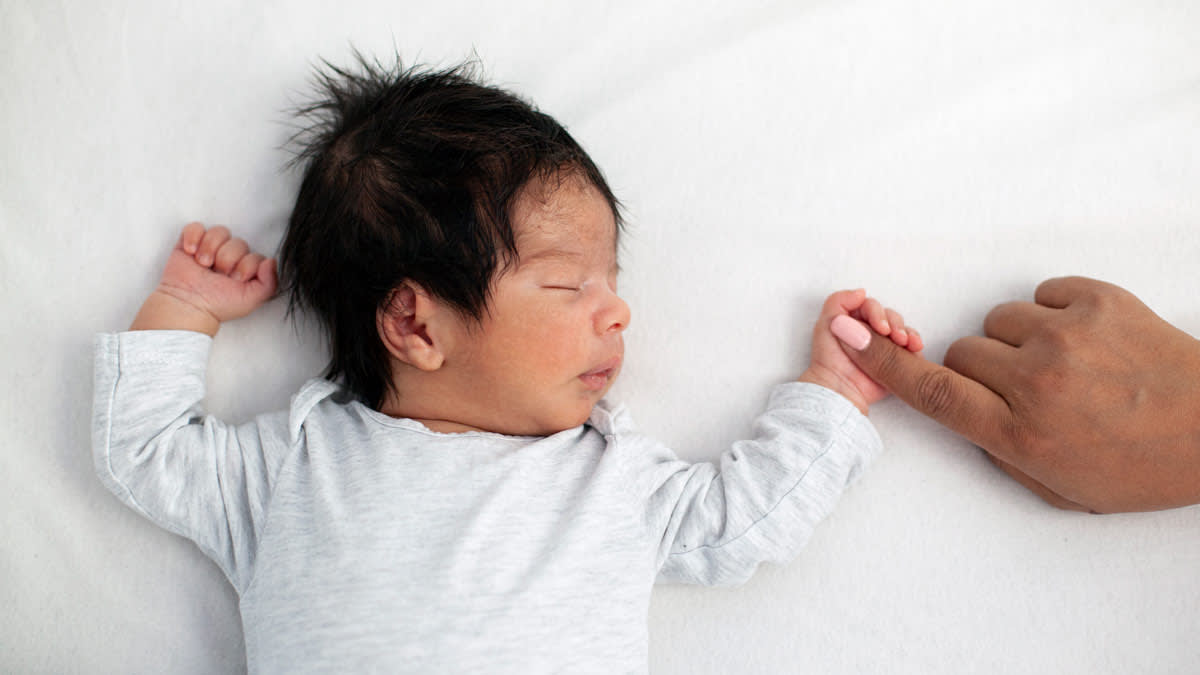SIDS and SUID Prevention: Safe Sleep Guidelines

Co-Sleeping Is Not Recommended, but Room Sharing Is
Currently, the AAP doesn’t recommend co-sleeping at all, but rather sleeping in the same room in separate beds, or “room sharing,” for at least the first six months, with the baby close to your bed.
Co-sleeping increases the risk of SIDS and SUID, notes James M. Greenberg, MD, co-director of the Perinatal Institute at Cincinnati Children’s Hospital and Medical Center, a neonatologist and researcher who works to reduce preterm birth and infant mortality. He shares that many of the cases he sees are related to suffocation by someone rolling over onto a co-sleeping baby. He adds that a significant percentage of co-sleeping deaths he has observed in recent years in his own patient population didn’t involve a parent but rather a caregiver, sibling, or other relative or friend caring for the baby.
It’s worth noting that not everyone shares the AAP’s view on co-sleeping. James McKenna, PhD, an anthropology professor at the University of Notre Dame, and director emeritus of the Mother-Baby Behavioral Sleep Laboratory, points on his website to the “bed sharing controversy” that separates official medical guidelines from the practices of cosleeping that some families choose to include in their caregiving, especially if they are breastfeeding.
Though the AAP recommends breastfeeding until at least 12 months to further reduce the risk of SIDS, they recommend moving the baby back to the crib after breastfeeding, and never falling asleep with them on your chest or while holding them.
Source link


